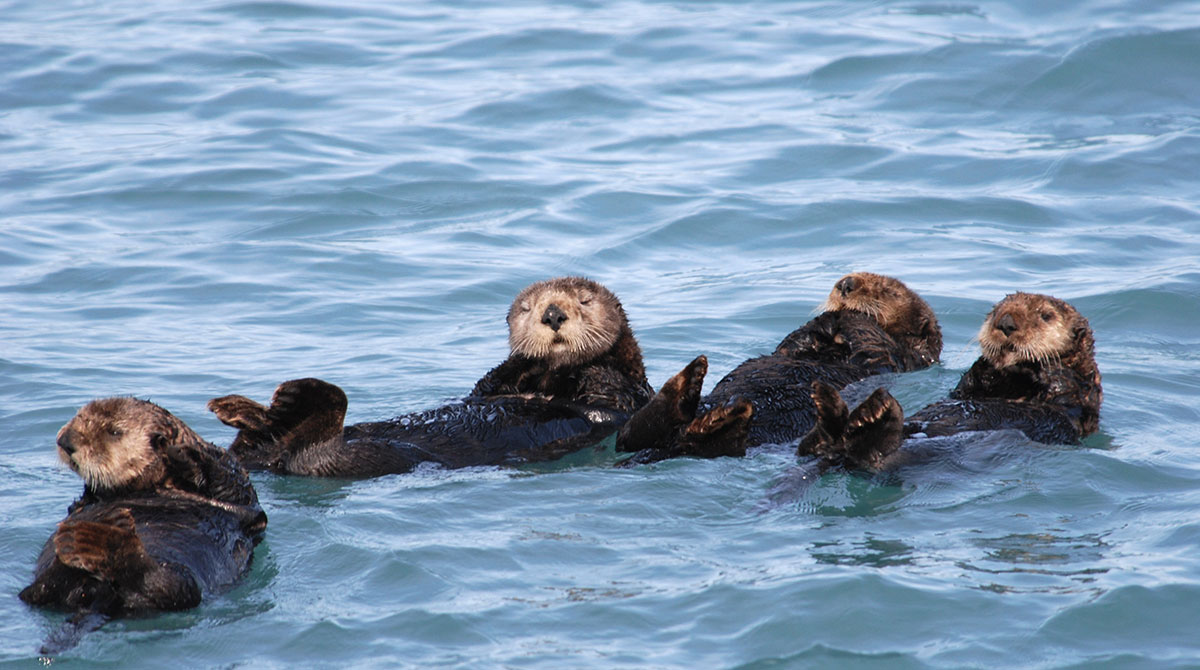HABs modeling tool undergoing validation to predict when, where toxin-producing events will occur

SCCWRP and its partners have begun working to validate the outputs of a newly developed computer model that predicts when and where toxins produced by a common type of marine algal bloom can be expected to occur along the California coast.
The model validation step, launched in January, involves comparing modeling predictions about harmful algal bloom (HAB) events in Southern California coastal waters to field data on when and where they actually occurred.
The development and validation of the model build off preliminary modeling work by the University of California, Santa Cruz to understand the drivers and impacts of Pseudo-nitzschia blooms on marine life. Domoic acid produced by the blooms can poison mammals and contaminate commercially important species like Dungeness crab.
The model makes use of a coupled physical-biogeochemical ocean model that predicts how land-based discharges affect coastal acidification and hypoxia.
More news related to: Eutrophication, Harmful Algal Blooms